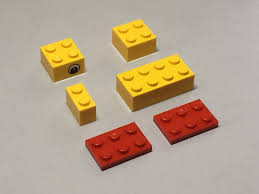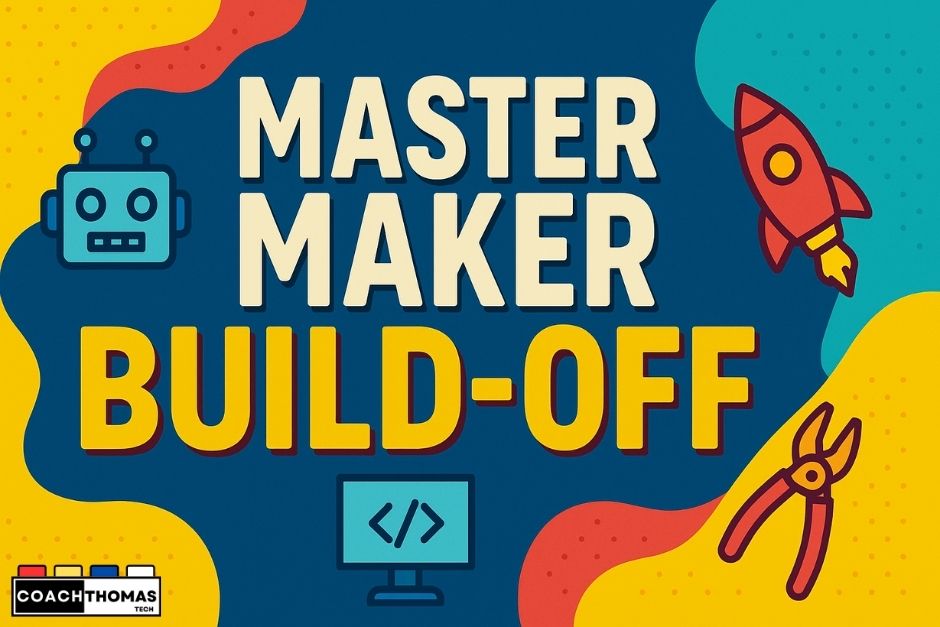School shouldn’t just be about chasing grades or cramming for tests. What if education were more about discovering your strengths, tackling real-world challenges, and genuinely enjoying the learning process? Imagine a classroom where the question, “When am I going to use this?” fades away because every lesson, project, or idea directly connects to life outside of school. Keep reading as we explore how we can shift from grade-focused learning to an approach that emphasizes growth, purpose, and skills that last a lifetime.
Shifting the Focus: From Grades to Growth
To truly emphasize holistic learning, we need to move away from a grade-centric approach and focus more on skill development and personal growth. This is what students will face when they leave school—just as administrators evaluate us as educators on more than just a test score. So why do we continue to assess students with multiple-choice tests or short essays? This shift might be challenging, requiring us to relinquish some control and give more autonomy to our students.
The Problem with Grades-Based Learning
Today’s students are mastering the art of “playing school.” Questions like, “Is this for a grade?” or “Is there a test on this?” are common in classrooms. These questions should trigger a realization that something isn’t right. Just because we were taught this way doesn’t mean it’s the best or only way to learn. Clinging to “how it’s always been done” can be detrimental. This focus on grades often leads to rote memorization—students learn just enough for the test, only to forget it soon after. Think back to your own education: do you remember the worksheets and tests you took, or do you remember the hands-on projects that truly engaged you? The latter represents real learning.
Grades-based learning also impacts student and teacher well-being. The pressure to achieve high grades can lead to anxiety and burnout, with parental focus on grades adding to the stress. This can be especially frustrating for students who aren’t strong test-takers. I recall a student who was so focused on getting a perfect score that she stopped speaking to me when she fell short. Years later, she’s a math and special education teacher who understands the importance of learning over grades. This anxiety around grades can stifle creativity and curiosity, preventing students from exploring new ideas or trying different approaches.
Emphasizing Growth Over Grades
Instead of fixating on grades, we should focus on growth and a growth mindset—seeing challenges as opportunities to develop skills rather than setbacks that define abilities. In a grade-centric culture, students often see grades as a reflection of their worth, leading to unconscious biases from both parents and teachers. But when we prioritize growth, the focus shifts to skill development and understanding rather than just achieving a specific grade. After all, why should there be 65 ways to fail and only 34 ways to pass in a grade-centric system?
Growth over grades encourages resilience, problem-solving, and a love for learning. It allows students to take ownership of their learning and see how it relates to everyday life. Think about learning to walk or ride a bike—everyone struggles at first, but we don’t give up. We learn from our mistakes, try different approaches, and eventually succeed. This same process applies to learning in the classroom, whether it’s playing a sport, mastering an instrument, or building something with LEGO bricks. So why, in education, do we often adopt a one-and-done mentality where grades are the end goal? This needs to change.

How Do We Change It?
The solution may be simpler than it seems: focus on feedback, formative assessment, and continuous improvement. Not everyone will excel at everything—accepting this is key. As much as I’d love to, I’ll never be a professional golfer, but that doesn’t mean I’ve failed as a golfer. As educators, we must provide constructive feedback and encourage improvement. We need to design assessments and assignments that promote exploration and critical thinking rather than just right or wrong answers. And while changing the grading structure to reflect this approach might be challenging, it’s essential for creating a mindset shift among parents and students.
Make Learning Relevant
To foster a growth-over-grades mentality, learning must be relevant and timely. In math, for instance, 2 + 2 will always equal 4, but how is that useful in real life? We’ve all seen jokes about learning the Pythagorean Theorem and its irrelevance to everyday tasks, yet many people use it regularly. The student who struggles with area and volume in class might be the same person who, years later, estimates the concrete needed for your driveway with impressive accuracy. Why? Because it’s relevant and meaningful to them. When learning is tied to real-life experiences, it resonates more deeply, increasing student engagement and making the educational experience more valuable.
Practical Implementation in Classrooms
Be transparent about your intentions—tell your students what you’re trying to achieve. Have discussions about projects and problems, and ask students how the objectives relate to their lives. Let students define what success looks like for them, even if it varies from one student to the next. Celebrate successes and failures alike, reducing the stigma around failure and making it as common and acceptable as success.
Design lessons with a real-world component. Use AI tools to find relevant applications for your topics without reinventing the wheel. Incorporate career exploration into your lessons, making it a cross-curricular effort rather than confining it to CTE or Career Ed classes. Create assessments that measure growth, such as pre- and post-tests, to show students how far they’ve come.
Conclusion
Shifting the focus from grades to growth isn’t just an educational trend; it’s a transformative approach that can reignite students’ passion for learning. By emphasizing real-world applications and integrating a growth mindset into our classrooms, we help students develop skills that enhance their academic journey and prepare them for life beyond school.
As educators, we have the power to shape how students view learning—not as a means to an end, but as a lifelong journey of discovery and growth. By incorporating project-based learning and real-world connections, we make education about more than just what students know; it’s about what they can do with that knowledge.
Call to Action
Let’s take the first step in transforming our classrooms. Whether you’re an educator, a parent, or a student, challenge yourself to prioritize growth over grades. Start with small changes—redesign a lesson to include real-world applications or encourage students to reflect on their learning process instead of just their test scores.
Engage in conversations about the importance of growth and relevance in education, and look for opportunities to bring these concepts to life. Together, we can create a learning environment that not only answers the question, “When am I going to use this?” but also inspires a lifelong love of learning. Let’s move beyond the grades and focus on cultivating greatness in every student.



